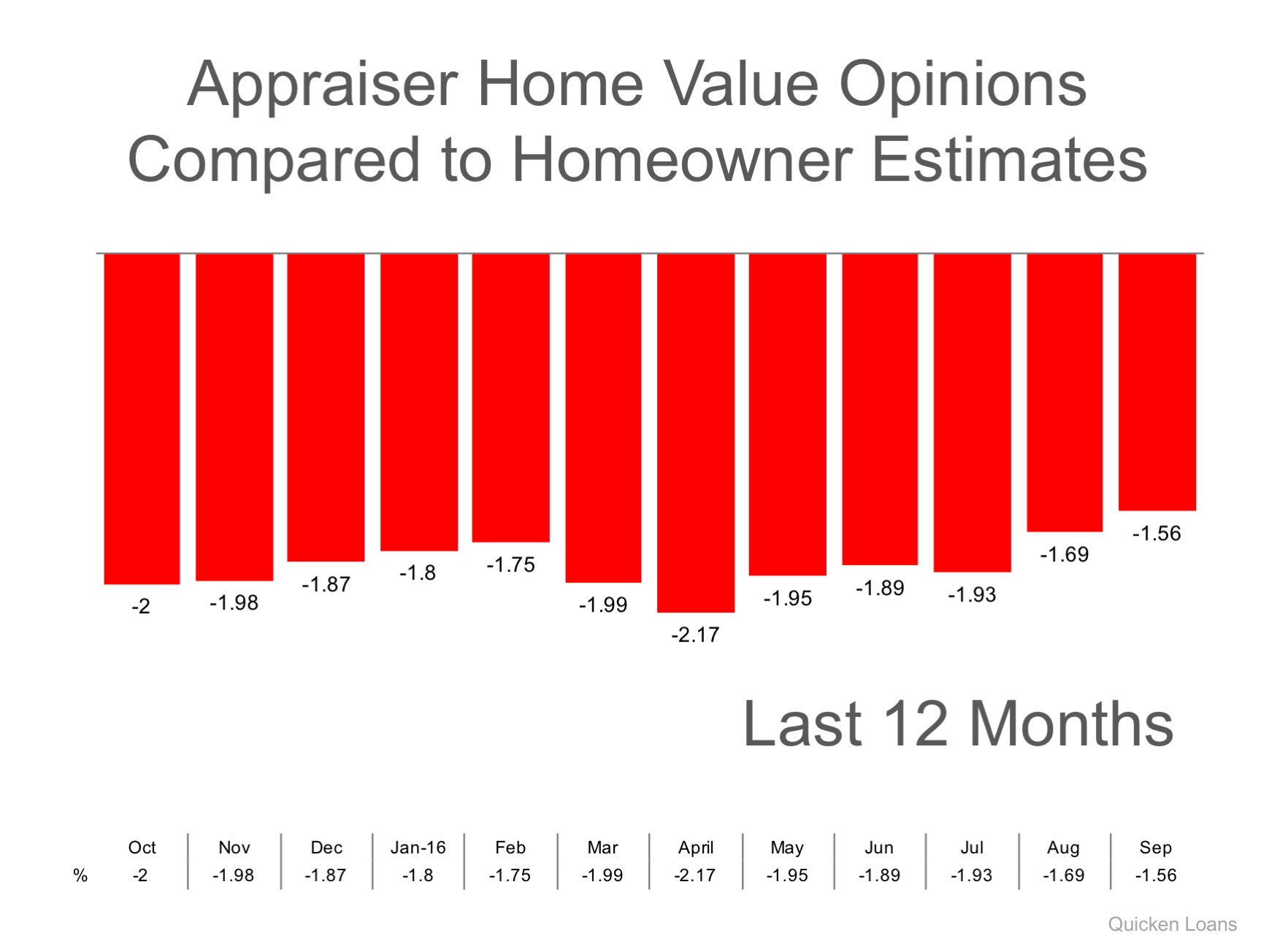Is This the Year to Move Up to Your Dream Home? If So, Do it Early

It appears that Americans are regaining faith in the U.S. economy. The following indexes have each shown a dramatic jump in consumer confidence in their latest surveys:
- The University of Michigan Consumer Sentiment Index
- National Federation of Independent Businesses’ Small Business Optimism Index
- CNBC All-America Economic Survey
- The Conference Board Consumer Confidence Survey
It usually means good news for the housing market when the country sees an optimistic future. People begin to dream again about the home their family has always wanted, and some make plans to finally make that dream come true.
If you are considering moving up to your dream home, it may be better to do it earlier in the year than later. The two components of your monthly mortgage payment (home prices and interest rates) are both projected to increase as the year moves forward, and interest rates may increase rather dramatically. Here are some predictions on where rates will be by the end of the year:
HSH.com:
“We think that conforming 30-year fixed rates probably make it into the 4.625 percent to 4.75 percent range at some point during 2017 as a peak.”
Svenja Gudell, Zillow’s Chief Economist:
“I wouldn’t be surprised if the 30-year fixed mortgage rate hits 4.75 percent.”
Mark Fleming, the Chief Economist at First American:
“[I see] mortgage rates getting much closer to 5 percent at the end of next year.”
Lawrence Yun, NAR Chief Economist:
“By this time next year, expect the 30-year fixed rate to likely be in the 4.5 percent to 5 percent range.”
Bottom Line
If you are feeling good about your family’s economic future and are considering making a move to your dream home, doing it sooner rather than later makes the most sense.




